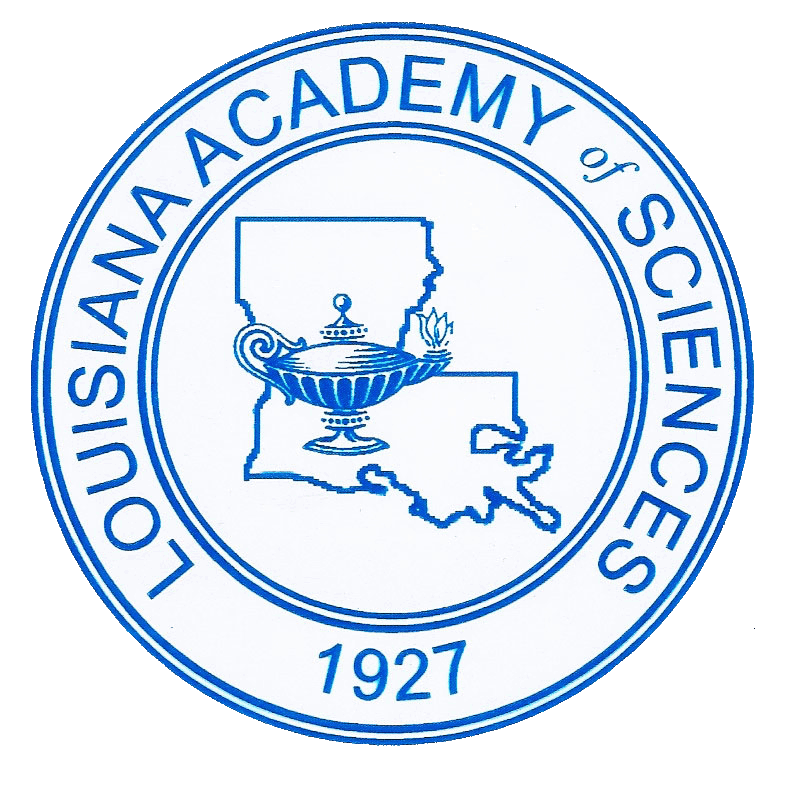Publications
The Academy produces two publications:
the Proceedings of the Louisiana Academy of Sciences, a peer-reviewed journal
the Louisiana Scientist: Bulletin of the Louisiana Academy of Sciences, the official record of Annual Meeting abstracts
-
The Academy publishes Proceedings of research activities of its membership. Manuscripts of research presented at the annual meeting, as well as occasional manuscripts from Academy members or guests, are considered each year for peer-reviewed publication. For types of manuscripts considered, see our Editorial Policy. For prospective submissions, see our Instructions for Contributors. Volumes 1-67 are available at major libraries, especially university libraries in Louisiana. Beginning with Volume 68, the Proceedings is an open-access journal published annually.
Editorial board of the Proceedings of the Louisiana Academy of Sciences.
Chair and Senior Editor: John Doucet
Vice-Chair and Abstract Editor: William Dees
Division Directors and Section Chairs of the Academy
-
Abstracts of presentations from the annual meetings may be cited as: Louisiana Scientist: Bulletin of the Louisiana Academy of Sciences, Volume (Number): appropriate page number(s), along with the document's Uniform Resource Locator (URL).

